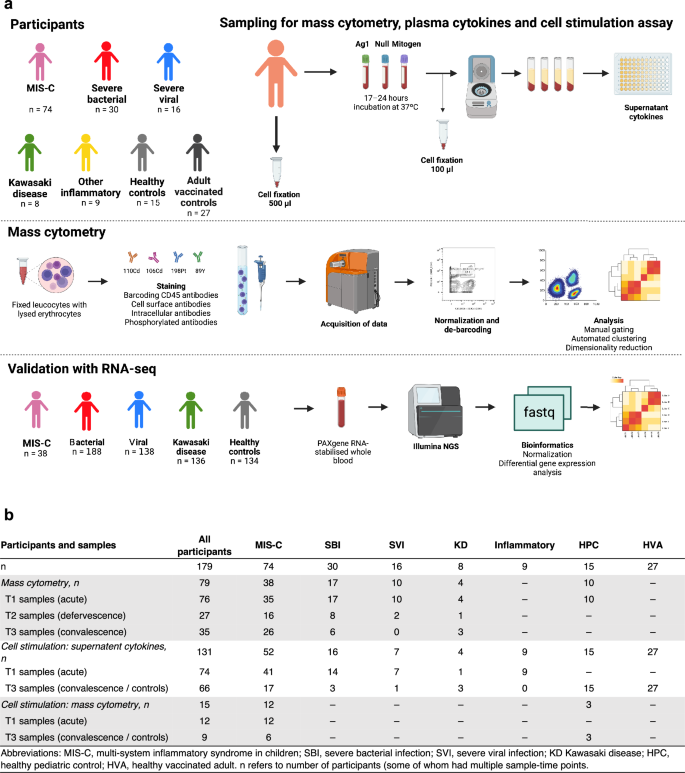2024-09-27 スイス連邦工科大学ローザンヌ校(EPFL)
<関連情報>
- https://actu.epfl.ch/news/how-a-protein-keeps-gene-clusters-quiet-in-the-cel/
- https://www.science.org/doi/10.1126/sciadv.ado1662
系統特異的遺伝子のクラスターは、ZNF274によって抑制的な核小体周囲のコンパートメントに固定されている Clusters of lineage-specific genes are anchored by ZNF274 in repressive perinucleolar compartments
Martina Begnis, Julien Duc, Sandra Offner, Delphine Grun, […], and Didier Trono
Science Advances Published:13 Sep 2024
DOI:https://doi.org/10.1126/sciadv.ado1662

Abstract
Long known as the site of ribosome biogenesis, the nucleolus is increasingly recognized for its role in shaping three-dimensional (3D) genome organization. Still, the mechanisms governing the targeting of selected regions of the genome to nucleolus-associated domains (NADs) remain enigmatic. Here, we reveal the essential role of ZNF274, a SCAN-bearing member of the Krüppel-associated box (KRAB)–containing zinc finger protein (KZFP) family, in sequestering lineage-specific gene clusters within NADs. Ablation of ZNF274 triggers transcriptional activation across entire genomic neighborhoods—encompassing, among others, protocadherin and KZFP-encoding genes—with loss of repressive chromatin marks, altered the 3D genome architecture and de novo CTCF binding. Mechanistically, ZNF274 anchors target DNA sequences at the nucleolus and facilitates their compartmentalization via a previously uncharted function of the SCAN domain. Our findings illuminate the mechanisms underlying NAD organization and suggest that perinucleolar entrapment into repressive hubs constrains the activation of tandemly arrayed genes to enable selective expression and modulate cell differentiation programs during development.


01867-1/asset/254630ab-b6d3-4b15-b2f2-5d66d0e02de5/main.assets/gr1.jpg)